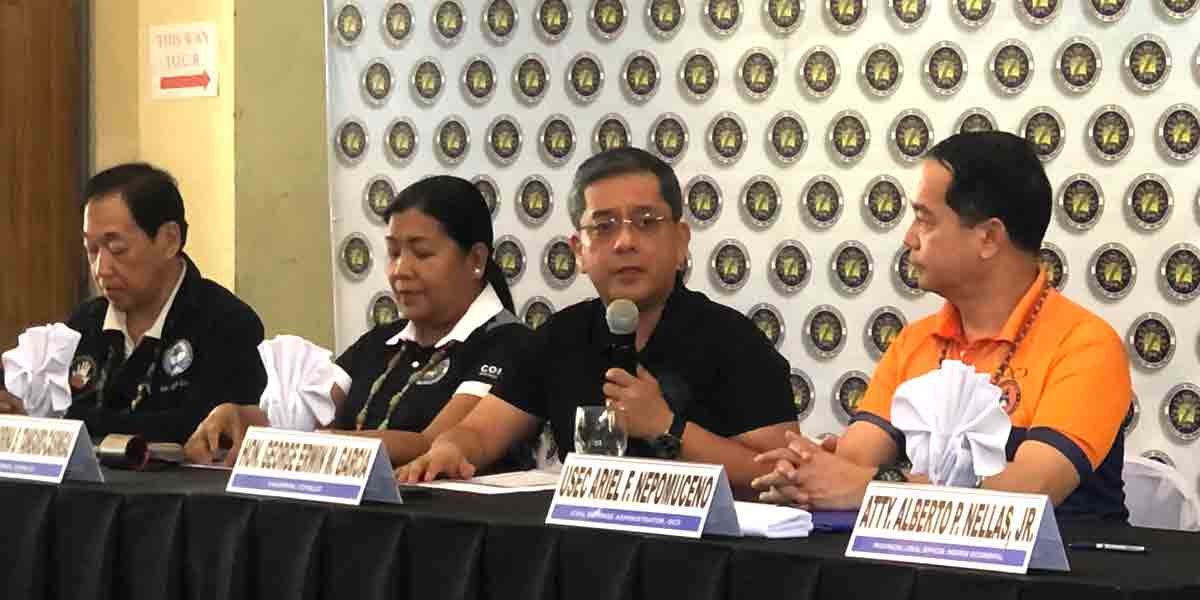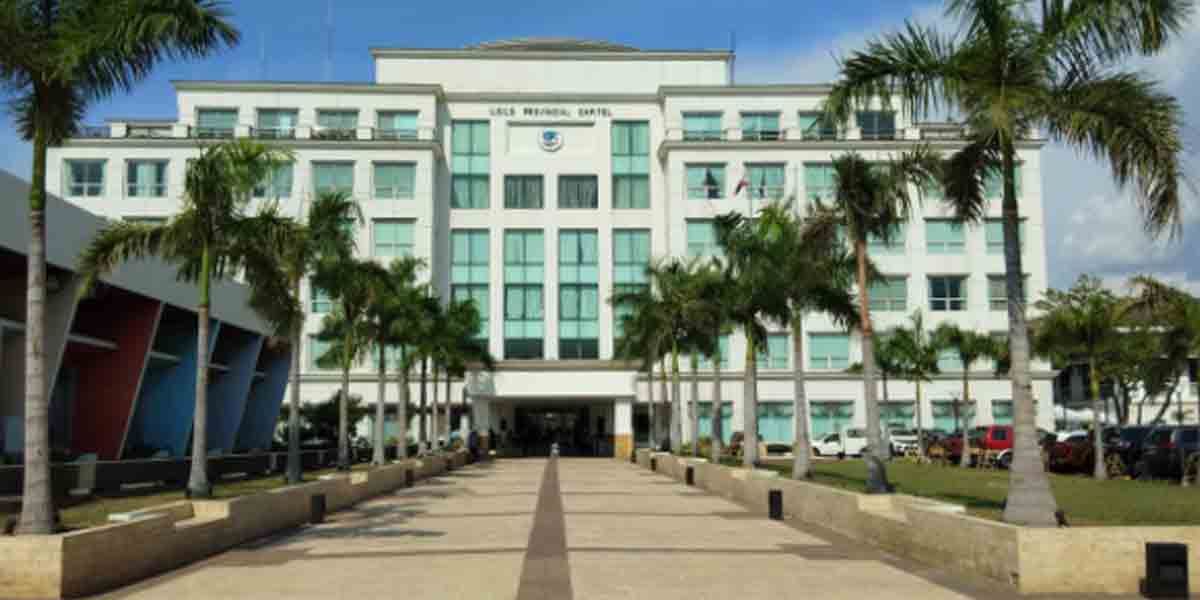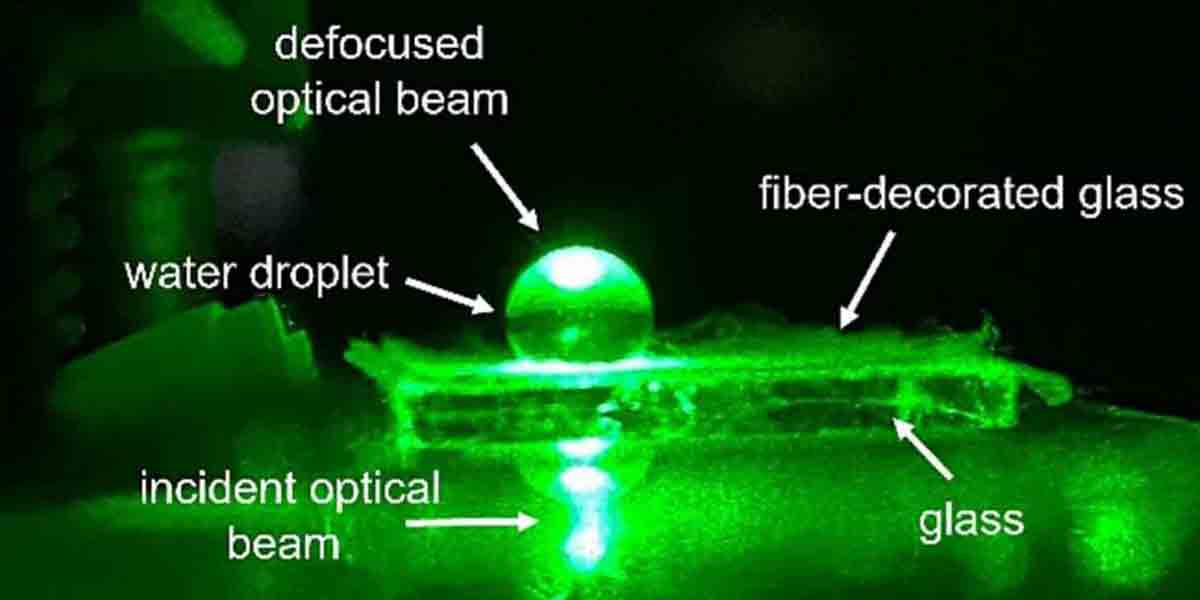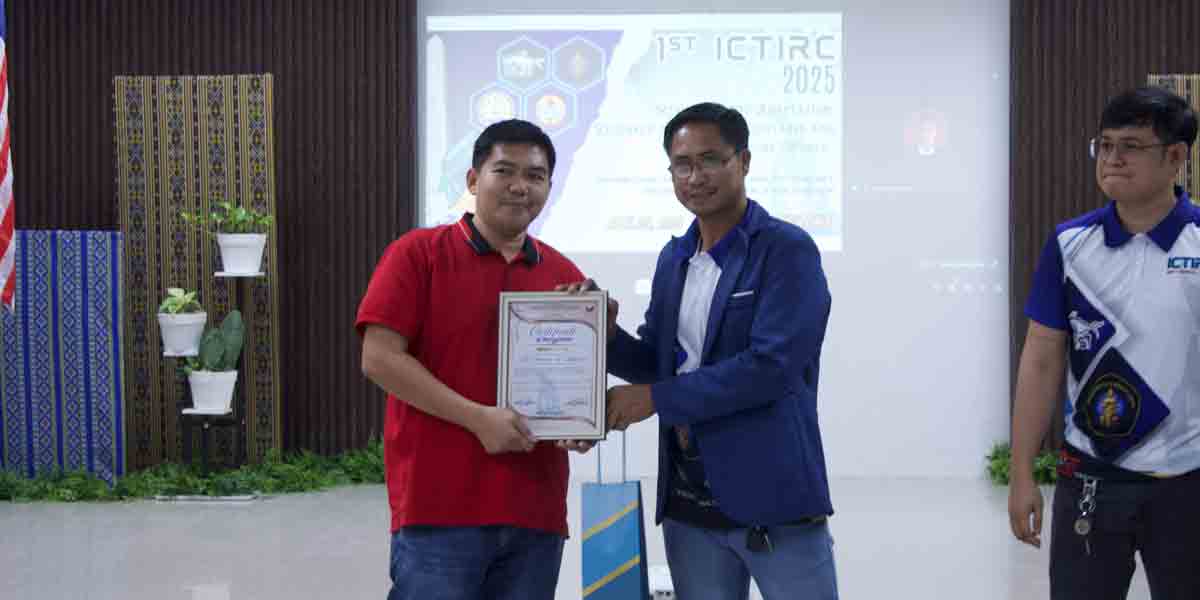 By Engr. Edgar Mana-ay
By Engr. Edgar Mana-ay
I am re-printing hereunder my article on subject which was first published in Daily Guardian last September 18, 2017:
It appears that most people still do not understand the function of trees in connection with water supply and flooding. Removing all trees and converting the land to commercial corn plantation is the primary cause of flooding in some towns of the 5th district.
Mayor Raul Banias of Concepcion, Iloilo had suggested a compromise solution by shifting from corn to cacao culture to maintain the economic benefits to the people. It is the non-fruit bearing trees that should cover the hills and mountains for maximum infiltration because of the cushioning effects of its leaves plus its vines and undergrowth of bushes (rain forest condition). Humans and animal entry compacts the ground if fruit trees are planted and negates the cushioning effect, thus rain infiltration is still minimal and therefore shifting to cacao culture will still result in flooding.
“Months ago, there was this brouhaha in the City Government as to whether or not to cut a few trees that lie on the path of a drainage construction at General Luna St., Iloilo City. Such simple things to decide took many months of heated discussions among the Councilors and other government environmental agencies.
In my email to Councilor Boots Gerochi as (former) Chair of the Committee on Environment, I explained that the only benefits the public will get from that few trees are transpiration and the conversion of its CO2 intake into oxygen is really very minimal as compared to the enormous cost of re-routing the drainage canal just to save those few trees. It CANNOT “help absorb flood nor can we enjoy the benefit of drainage” as what the City Council claims. (Forgive them for their ignorance!). The ground area around those few trees are either compacted by the passage of humans or concreted, hence rainwater cannot penetrate the ground to mitigate flooding and drainage.
Negative hydrostatic pressure attracts nutrient-filled water through a wick, made up of the xylum cells (by capillary action) to limbs and leaves hundreds of feet high. Leaf pores called stomata open to capture CO2 for photosynthesis but necessarily lose massive amount of water from evaporation into the earth’s atmosphere. This water loss from trees is called transpiration. This loss of water is part of the Hydrologic cycle which is: Rainfall or Precipitation, Transpiration, Overland Flow and Infiltration, Evaporation into clouds and back again to Precipitation.
Water enters a tree through its roots by osmosis (water flows from the solution with the lower solute concentration such as the surface of the plant root) and any dissolved mineral nutrients travel with it upward through the xylum (using capillary action) and into the leaves. These nutrients feed the tree through the process of leaf photosynthesis of which sunlight is the driving energy.
Trees supply their leaves with water because of a decrease in hydrostatic (water) pressure in the upper, leaf-bearing parts called the crown or canopies. The pressure difference “lifts” the water to the leaves. 90% of leaf water is eventually dispersed from leaf stomata, through evaporation into the atmosphere. This beneficial loss of water from trees is called transpiration. Evapotranspiration is the short circuit in the hydrologic cycle. If rainfall becomes overland flow or runoff and drain towards the seas and ocean, then evaporate, the resulting clouds are subject to global weather and it will be converted to rain at some other distant places. With evapotranspiration, rainfall is assured to come back as clouds in the same region where it felled. It also provides a cool but moisture-laden atmosphere in the forest.
Up to maturing, a tree can transport about 38 cubic meters of water from the ground only to capture 3.8 cum for production of food and adding to its biomass. This 1 is to 10 ratio is called the transpiration ratio – the mass of water transpired to the mass of dry matter produced. 90 to 450 liters of water is needed to produce 1 lb. of dry matter in trees.
It is a well-known function of trees that it cleans the air by breathing in CO2 and breathing out Oxygen. Nearly half of this CO2 is returned to the atmosphere (as O2) through maintenance and growth respiration. There are equipment that can measure trees respiration such as the LICOR Analyzer, LI-6400XT that can provide researchers with detailed info on Trees CO2 assimilation rates, intercellular CO2 concentration, carboxylation and light use efficiency. These are useful especially for coal-fired power companies which by law have a carbon sink obligation with DENR. As required by law, they can now compute the hectarage needed for a tree farm to compensate for the CO2 emission of the plant.
A well-grounded theory on trees and water is required for those managing the Tigum Aganan Watershed (TAW). Of course, the management governing body composed of the different town mayors within the TAW area has none of this. They have to depend on the Technical Working Group (basically composed of the town’s Menro and the Penro) who will actually run the detailed operation on how to manage and improve the Tigum Aganan Watershed.
In the past the Technical Working Group (TWG) of TAW was never effective because of the many NGOs who had dipped their finger in the management to the point of even controlling the TWG for their own personal agenda. It is said that “the test of the pudding is in the eating.” In the past 40 years, the turbidity of river waters for both Aganan and Tigum rivers still reaches 1,000 NTU (nephelometric turbidity unit) during floods and rainy season. DOH turbidity standard for drinking water is ZERO NTU. This chocolate-like flood water is a PROOF that soil erosion in the mountains is alarming. This caking of mud in the bends of the pipeline had reduced the capacity of MIWD water line from Maasin to its Sta Barbara Plant by almost 50%. In the mountains of Maasin, most of the soft topsoil composed of decayed vegetation are gone due to erosion because of lack of forest cover.
Hopefully the present set of Mayors and its Technical Working Group has the political will and the knowledge to address the worsening condition of TAW because this is the only major source of water for Metro Iloilo.”
Note: The author is a professional member of the National Ground Water Association of the US (NGWA) and the American Water Works Association (AWWA).















